Breathe Easy: A Comprehensive Guide to Smoke Damage Restoration
Smoke damage is a devastating consequence of fires that extends far beyond the visible effects of soot and discoloration. The lingering odor, compromised air quality, and potential structural damage can make a home uninhabitable if not properly addressed. Restoring a home after smoke damage is a complex process that requires understanding the scope of damage, the restoration timeline, and the risks involved.
What Are the Common Signs of Smoke Damage in a Home?
Recognizing the signs of smoke damage is crucial to initiating timely restoration efforts. While some effects are obvious, others may be more subtle, requiring a closer examination.
Visible Signs
- Soot and Residue: Black or gray residue on walls, ceilings, and surfaces is a clear indicator of smoke damage. Soot can also coat furniture, appliances, and HVAC systems.
- Discoloration: Yellowing or dark streaks on walls, ceilings, and fabrics are common in areas affected by smoke.
- Warping or Bubbling: Heat from a fire can cause structural materials like wood or drywall to warp, bubble, or crack.
Odor-Related Signs
- Persistent Smoky Odor: A lingering smell of smoke that doesn’t dissipate with regular cleaning is a strong indicator of embedded smoke particles.
Hidden Signs
- Contaminated HVAC Systems: Smoke often infiltrates air ducts, spreading soot and odor throughout the home.
- Damage to Insulation: Insulation can absorb smoke, making it difficult to detect but essential to replace.
- Electrical Damage: Smoke can corrode wiring, causing electrical hazards that may not be immediately apparent.
While some signs are easy to spot, smoke damage often penetrates deeper than the surface. A professional inspection ensures all affected areas are identified and addressed.
How Long Does It Take to Fully Restore a Home After Smoke Damage?
The timeline for smoke damage restoration depends on several factors, including the extent of the damage, the size of the property, and the methods used for cleanup.
Factors Influencing Restoration Time
- Severity of the Fire: A small, contained fire may take a few days to clean up, while extensive smoke damage from a large fire can take weeks or even months.
- Affected Areas: Damage confined to a single room will be quicker to address than smoke that has spread throughout the house.
- Type of Smoke
- Dry Smoke: Easier to clean but often more widespread.
- Wet Smoke: Sticky and difficult to remove, typically requiring more intensive efforts.
- Odor Removal Needs: Odor elimination can add significant time to the restoration process, especially if the smell has permeated walls, fabrics, and HVAC systems.
- Reconstruction Requirements: If structural components like walls, ceilings, or floors need to be replaced, restoration will take longer.
General Timeline
- Inspection and Assessment: 1–2 days
- Initial Cleaning and Debris Removal: 3–5 days
- Deep Cleaning and Odor Removal: 1–2 weeks
- Structural Repairs: 2–8 weeks (depending on damage)
Why Patience Is Key
Rushing the process can lead to incomplete restoration, leaving lingering odors, health risks, or structural vulnerabilities. Working with experienced professionals ensures thorough and efficient restoration.
What Are the Health Risks Associated with Exposure to Smoke Damage?
Smoke damage isn’t just an aesthetic issue—it poses serious health risks, especially if not addressed promptly and thoroughly. The toxic residues left behind can impact both short-term and long-term health.
Immediate Health Risks
- Respiratory Issues: Soot and smoke particles irritate the respiratory system, leading to coughing, wheezing, and shortness of breath. Individuals with asthma or COPD may experience severe exacerbations.
- Skin and Eye Irritation: Contact with soot can cause rashes or irritation, while smoke particles can irritate the eyes, leading to redness and watering.
- Headaches and Fatigue: Exposure to toxic gases, like carbon monoxide or formaldehyde, often results in headaches, dizziness, or fatigue.
Long-Term Health Risks
- Chronic Respiratory Conditions: Prolonged exposure to smoke-damaged environments increases the risk of chronic bronchitis or reduced lung function.
- Cardiovascular Issues: Fine particulate matter in soot can enter the bloodstream, potentially increasing the risk of heart attacks or strokes.
- Cancer Risk: Smoke from burning synthetic materials can release carcinogenic compounds, posing a long-term cancer risk with repeated exposure.
Vulnerable Populations
- Children and Infants: More susceptible to respiratory issues due to developing lungs.
- Elderly Individuals: Pre-existing health conditions can worsen with smoke exposure.
- Pets: Animals may experience respiratory distress and irritation from soot and smoke particles.
Prioritize Health with Professional Help
Addressing smoke damage promptly and thoroughly is essential to minimizing health risks. Professional restoration companies use specialized equipment and techniques to eliminate toxins effectively.
Can I Clean Up Smoke Damage Myself, or Should I Hire a Professional?
While minor smoke damage might seem manageable, the reality is that thorough restoration often requires professional expertise. Here’s why:
DIY Limitations
- Inadequate Equipment: Household cleaners and standard vacuums cannot effectively remove soot or odor particles embedded in surfaces. Professionals use industrial-grade equipment, such as HEPA vacuums, thermal foggers, and ozone generators, to address smoke damage comprehensively.
- Hidden Damage: Smoke often infiltrates areas not visible to the naked eye, such as air ducts, insulation, and behind walls. DIY efforts may overlook these areas, leading to persistent issues.
- Health Risks: Handling soot and smoke residues without proper protective gear can expose you to harmful toxins.
- Potential for Further Damage: Using the wrong cleaning techniques or products can smear soot, spread stains, or even damage surfaces further.
Benefits of Hiring Professionals
- Comprehensive Assessment: Professionals conduct detailed inspections to identify all affected areas and determine the extent of the damage.
- Specialized Cleaning Techniques: Professionals use methods tailored to specific types of damage, such as dry cleaning sponges for walls or ultrasonic cleaning for delicate items.
- Odor Elimination: Specialized equipment and treatments ensure odors are neutralized, not just masked.
- Structural Repairs: Restoration companies can repair or replace damaged materials, ensuring the home is safe and habitable.
- Insurance Assistance: Many restoration companies work directly with insurance providers, helping you navigate claims and reduce out-of-pocket expenses.
When to Attempt DIY
- Small, contained areas with light smoke damage (e.g., from a candle or minor kitchen mishap) may be manageable with basic cleaning supplies.
- For any damage beyond superficial stains, professional intervention is highly recommended.
Restoring a home after smoke damage is a complex process that goes far beyond surface cleaning. From identifying hidden damage to addressing health risks and ensuring long-term safety, every step requires careful attention and expertise. While minor smoke damage may seem manageable on your own, professional restoration is the best way to ensure your home is thoroughly cleaned, safe, and comfortable.
By recognizing the signs of smoke damage, understanding the restoration timeline, and prioritizing health and safety, homeowners can take informed steps toward recovery. And when it comes to serious damage, trusting professionals ensures that your home is restored to its original condition—or better—allowing you to breathe easy once again.
Why United Water Restoration Group of Charlotte is Your Best Choice for Smoke Damage Restoration
At United Water Restoration Group of Charlotte, we understand that smoke damage is more than just a surface issue—it’s a complex challenge that requires specialized knowledge, advanced tools, and a comprehensive approach. Unlike DIY methods, which often address only visible damage, our professional services ensure your home is thoroughly restored to a safe and habitable condition.
Our team begins with a detailed assessment to uncover both obvious and hidden smoke damage, such as contamination in HVAC systems, insulation, or behind walls. Using cutting-edge equipment like HEPA vacuums, thermal foggers, and ozone generators, we effectively remove soot, eliminate lingering odors, and restore air quality. These tools and techniques go beyond what standard household cleaning supplies can achieve.
Additionally, we prioritize your health and safety. Smoke particles contain toxic chemicals that can pose long-term risks, and our trained experts use protective gear and EPA-approved products to neutralize these hazards.
When you choose United Water Restoration Group of Charlotte, you’re not just getting a clean home—you’re gaining peace of mind. Trust our expertise to restore your property fully and efficiently, so you can breathe easy and move forward with confidence. Contact us today to start your restoration journey!
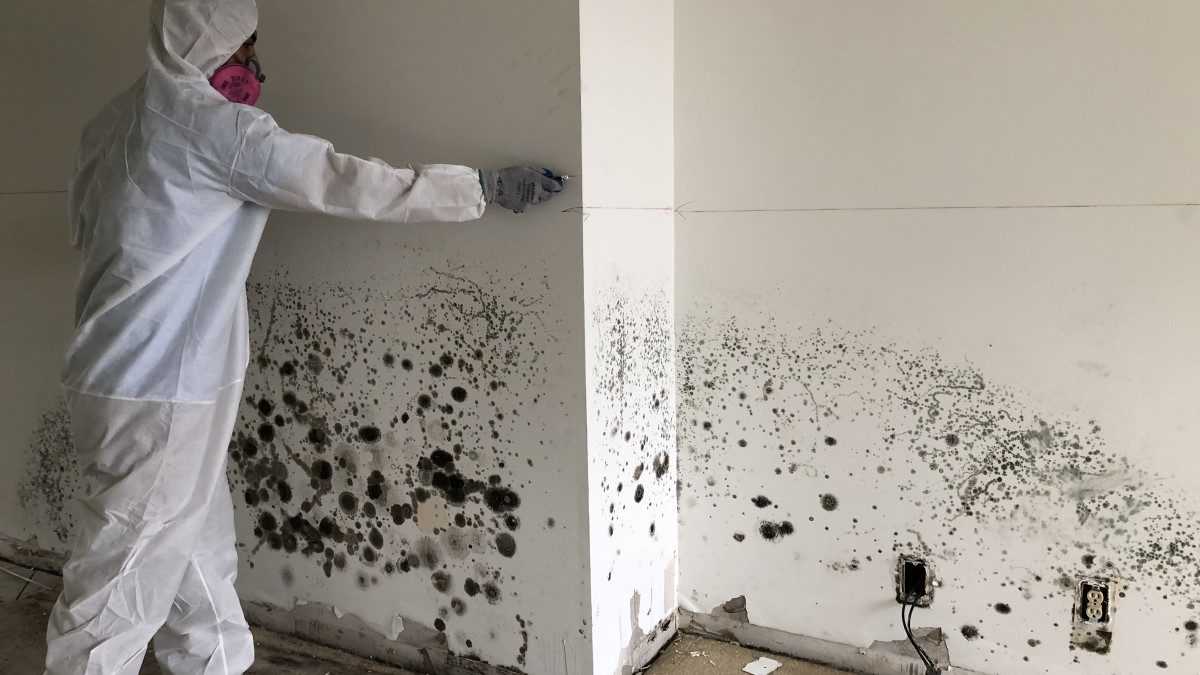
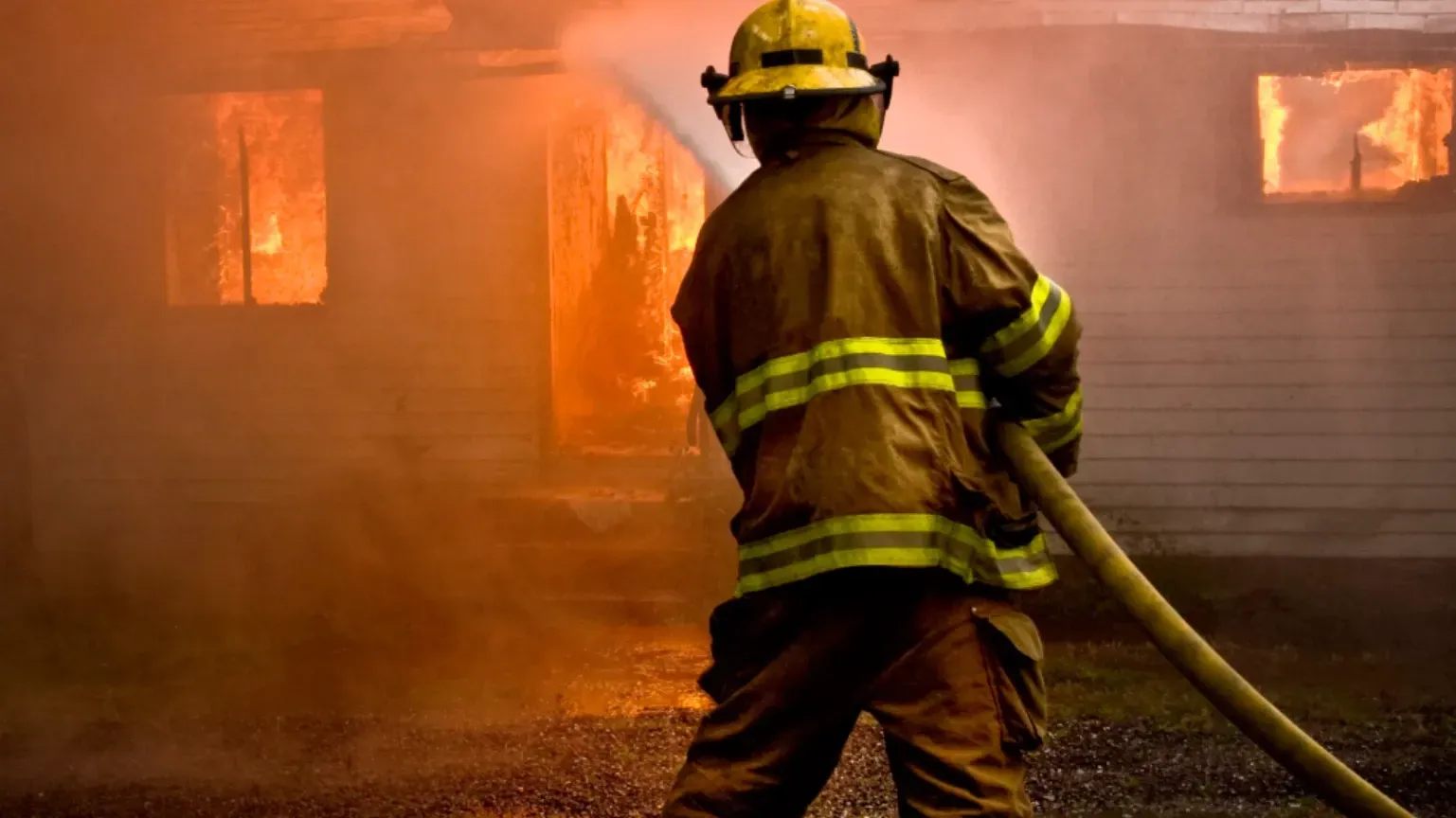



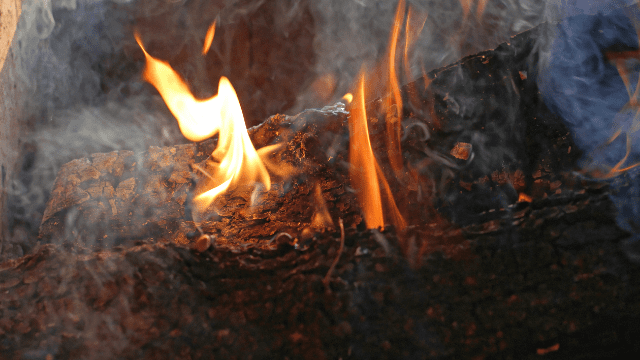

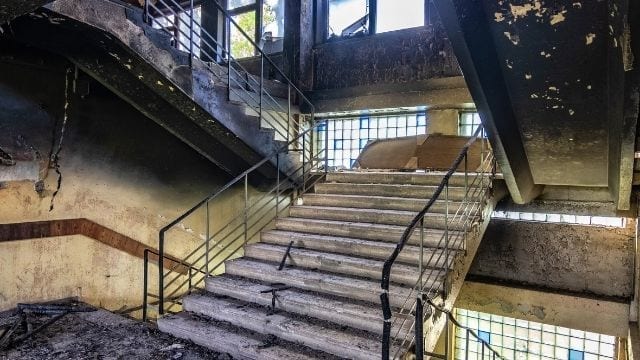


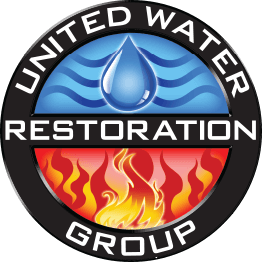
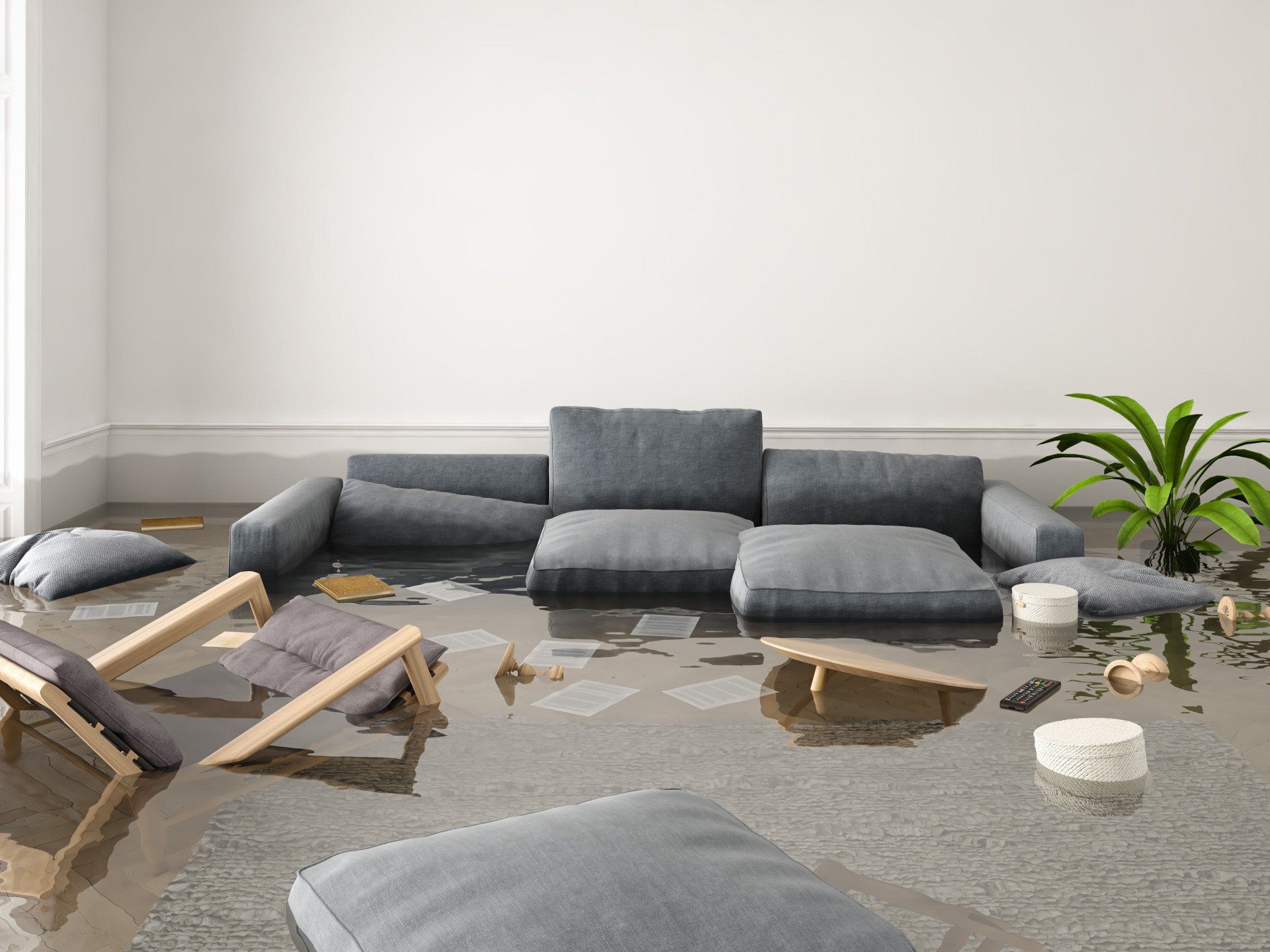
Share On: